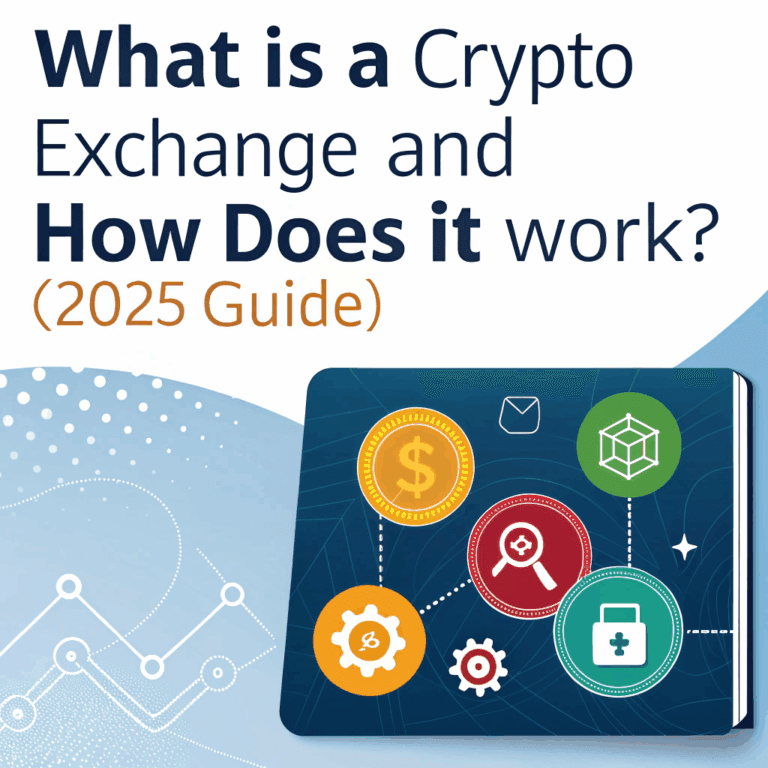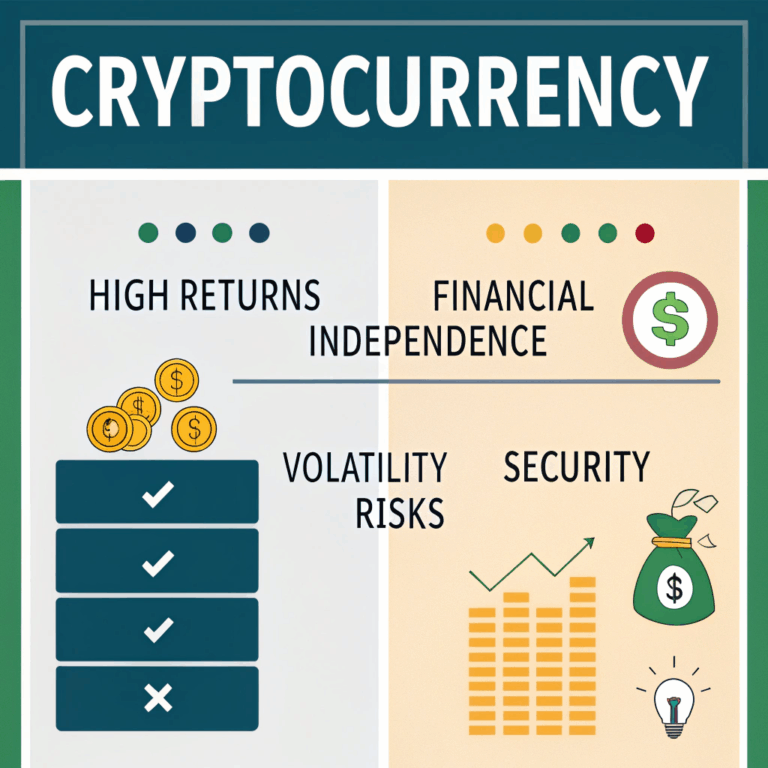How to Send and Receive Cryptocurrency: Step-by-Step Guide for Beginners (2025)

Introduction
In 2025, sending and receiving crypto is easier than ever — but you still need to understand how it works. Whether you’re receiving funds from a friend or sending Bitcoin to pay for something online, this guide walks you through it all step by step.
Why Knowing How to Send and Receive Crypto Matters
Crypto is about self-custody — you control your assets. But that also means you’re responsible for handling them correctly. A simple mistake like sending to the wrong address can result in permanent loss. Understanding the process helps you avoid costly errors.
What You Need to Get Started
To send or receive cryptocurrency, you’ll need:
- A crypto wallet (hot or cold)
- The receiver’s wallet address
- The correct blockchain network (e.g., Ethereum, Bitcoin)
- Some crypto to send (and small amount for gas/fees)
How to Receive Crypto (Step-by-Step)
- Open Your Wallet App
Launch your crypto wallet (e.g., Trust Wallet, MetaMask, Coinbase Wallet). - Choose the Crypto You Want to Receive
Example: Bitcoin (BTC), Ethereum (ETH), USDT. - Tap “Receive” or “Deposit”
This will generate your wallet’s address and QR code. - Copy the Address or Share QR Code
Send this to the person who’s sending you crypto. - Wait for Confirmation
Most transactions complete within seconds to minutes depending on the network.
✅ Make sure the sender uses the same blockchain network (e.g., don’t send BNB on Ethereum to a BNB Chain wallet).
How to Send Crypto (Step-by-Step)
- Open Your Wallet
- Choose “Send” Option
- Paste the Receiver’s Wallet Address
Double-check it — there’s no undo! - Enter the Amount You Want to Send
- Select the Network (if applicable)
Match the receiver’s network to avoid errors. - Review Fees and Confirm
Gas fees vary — especially on Ethereum. - Authorize the Transaction
Use your password, fingerprint, or hardware confirmation. - Wait for Confirmation
You’ll get a notification when it’s complete.
Important Tips Before Sending Crypto
- Always copy-paste addresses — never type them manually
- Check the first and last 4 characters of the address
- If unsure, send a small test amount first
- Make sure the network is correct (e.g., BEP20 ≠ ERC20)
- Be aware of minimum amounts for some wallets/exchanges
Common Mistakes to Avoid
- Sending to the wrong network
- Entering the wrong address
- Forgetting about gas fees
- Sending to a smart contract that doesn’t support deposits
- Using expired QR codes from invoices or old wallets
How Long Do Transactions Take?
| Blockchain | Average Time |
|---|---|
| Bitcoin (BTC) | 10–60 minutes |
| Ethereum (ETH) | 1–15 minutes |
| Solana (SOL) | Few seconds |
| Polygon (MATIC) | Under 1 minute |
| Binance Smart Chain | 5–10 minutes |
Note: Speed depends on network congestion and fees paid.
How to Track a Crypto Transaction
Use blockchain explorers to follow your transaction status:
- Bitcoin: blockstream.info
- Ethereum: etherscan.io
- Solana: solscan.io
- BSC: bscscan.com
Just paste your transaction hash (TxID) to check confirmations.
What to Do if You Send to the Wrong Address
Unfortunately, crypto transactions are irreversible. If you:
- Sent to the wrong address: Funds are lost.
- Sent to your own wrong wallet: Check if you control the private keys.
- Sent to a centralized exchange: Contact support immediately with TxID.
Prevention is better than cure — always double-check before sending.
Best Wallets for Sending and Receiving Crypto
- Trust Wallet – Great for beginners, mobile-based
- MetaMask – Ideal for Ethereum and Web3 apps
- Coinbase Wallet – User-friendly and secure
- Exodus – Cross-platform with a built-in exchange
- Ledger/Trezor – Best for long-term secure storage
FAQ
Can I cancel a crypto transaction?
No. Once confirmed, it’s permanent.
Do I need the same wallet to receive crypto?
No, any wallet that supports the same coin and network will work.
What is a gas fee?
It’s the fee paid to miners/validators to process your transaction.
Can I send crypto to a bank account?
No. You need to sell crypto for fiat on an exchange and then withdraw.
Conclusion
Sending and receiving crypto is simple once you know the basics — but small mistakes can be expensive. By using the right tools, following safety checks, and verifying every step, you can confidently manage your crypto transactions in 2025.





